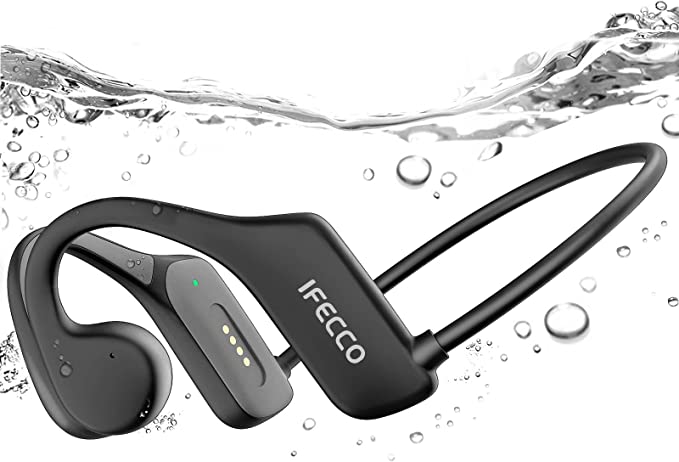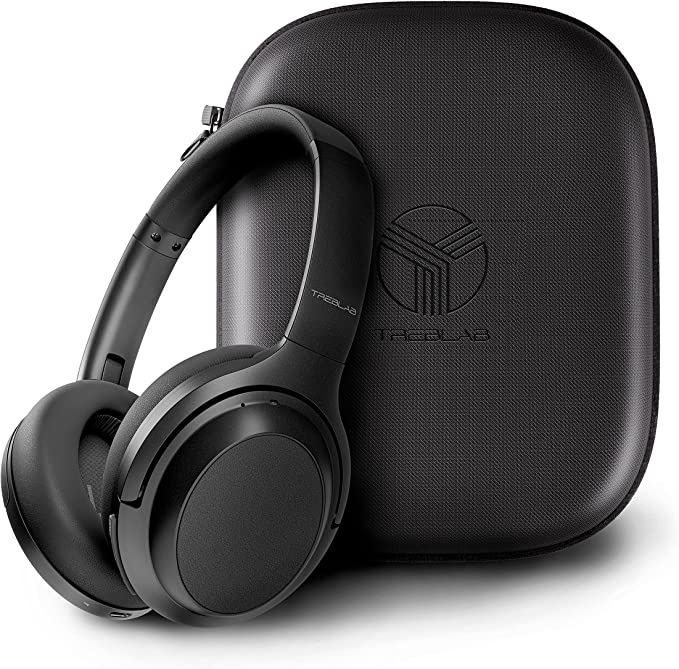There’s a strange and magical moment that every virtual reality enthusiast chases. It’s not about slaying dragons or flying spaceships. It’s quieter than that. It’s the first time you look down and see your feet, wriggle your toes, and watch a pair of digital legs mimic the motion perfectly. In that instant, a phantom sensation washes over you. The avatar is no longer a puppet; it’s an extension of your consciousness. Your brain, tricked by a beautiful illusion, accepts this digital vessel as your own.
This phenomenon, known as “embodiment,” is the holy grail of immersion. And for years, achieving it fully—tracking not just your head and hands, but your entire body—was a dark art. It required expensive, cumbersome hardware and turning your room into a dedicated tracking laboratory.
But something has changed. The laboratory is being dismantled. The magic, once confined to the dedicated few, is breaking free. And it’s all because we taught our trackers how to see.

The Lighthouse Keeper’s Dilemma
To appreciate the revolution, we must first honor the old guard. For the longest time, the gold standard of VR tracking was a brilliant system colloquially known as “Lighthouse.” It was a feat of engineering, an “outside-in” approach where two small boxes mounted in the corners of your room acted as virtual lighthouses. They bathed the space in a structured, invisible grid of infrared light. Trackers on your body, covered in tiny sensors, would see these light sweeps and, through clever trigonometry, calculate their exact position with sub-millimeter precision.
It is, to this day, an astonishingly accurate system. But it comes with what I call the Lighthouse Keeper’s Dilemma: you are tethered to your tower. Your playspace is defined by the sightlines of these external boxes. Setup is a ritual. Portability is a pain. The system is fundamentally telling your trackers where they are.
What if, instead, the trackers could figure that out for themselves?
Giving the Tracker Eyes
This is the core idea behind the new paradigm: “inside-out” tracking. Instead of being a passive listener in a sea of light, the tracker becomes an active observer. It uses its own sensors to perceive the world around it and determine its place within it.
This shift from passive to active is a monumental leap, moving the intelligence from the room into the device itself. A perfect “perfect specimen” for dissecting this technology is a modern device like the HTC VIVE Ultimate Tracker. It’s a compact, self-contained pod that needs no external lighthouses. Its secret? Two wide-angle cameras that serve as its eyes.
These aren’t cameras for taking pictures. They are perception engines, constantly feeding visual information to a tiny, powerful brain. They are the key to unlocking a powerful algorithm borrowed from the world of robotics, an algorithm that is now, quite literally, changing how we exist in virtual spaces.

How to See Like a Robot
When you or I walk into a room, we instantly know where we are. We recognize the sofa, the window, the door. A machine has to learn this from scratch. The process it uses is called SLAM—Simultaneous Localization and Mapping.
It sounds complex, but the concept is beautifully intuitive.
The Flashlight in a Dark Room
Imagine being teleported into a pitch-black, unfamiliar room with only a single flashlight. Your first instinct would be to sweep the beam around. As the light falls on a chair, a desk, a rug, you begin to build a mental map of the space (Mapping). Crucially, as you move and see that same chair from a different angle, you’re also updating your own position relative to it (Localization).
SLAM is the computational version of this. The tracker’s cameras are the flashlight. As it moves through your room, its processor identifies hundreds of unique, static “feature points”—the corner of a picture frame, a distinct pattern on your wallpaper, a plug socket on the wall. It strings these points together to build a 3D point-cloud map of your environment. Every fraction of a second, it looks at the world, matches the features it sees to its map, and declares, “Aha, based on these landmarks, I am right here.”
The Inner Ear
But there’s another layer to this magic. What happens if you move too fast and the camera’s view becomes a blurry mess? Or if you’re in a dimly lit room where features are hard to see?
This is where inside-out trackers reveal their second trick, borrowed from every smartphone and aircraft in the world: an Inertial Measurement Unit (IMU). The IMU is the tracker’s inner ear, a tiny chip containing an accelerometer and a gyroscope. It doesn’t “see” anything, but it can feel motion with incredible speed and precision—acceleration, rotation, gravity.
The real breakthrough of modern tracking is Visual-Inertial Odometry (VIO), the art of fusing these two data streams. The cameras (the eyes) provide the slow, steady, and accurate sense of absolute position, preventing drift over time. The IMU (the inner ear) provides the lightning-fast, moment-to-moment sense of motion, filling in the gaps when the eyes can’t see clearly. It’s a symbiotic relationship. The eyes tell the inner ear, “We haven’t moved in a while, you can stop feeling that tiny drift.” The inner ear tells the eyes, “I felt a sudden jerk to the left, so start looking for those landmarks over there.”
This fusion is why good inside-out tracking feels so uncannily responsive and robust. It’s not just seeing; it’s seeing and feeling in harmony.
The Unavoidable Bargain
This technological leap gifts us an incredible amount of freedom. The setup ritual is replaced by a simple pairing process. You can take your VR setup to a friend’s house without packing a suitcase full of tripods and cables. But, like all great advancements, it comes with a bargain—a new set of rules and engineering trade-offs.
The price of sight is a dependency on what can be seen. The tracker’s performance is now tied to the quality of its environment. That poorly-lit corner of your room? It’s a potential blind spot. That beautiful, minimalist apartment with vast, empty white walls? It’s a featureless desert to a SLAM algorithm, a nightmare for robust tracking. Reflective surfaces like mirrors create a confusing hall of illusions, sending the tracker’s logic into a tailspin.
There are also deliberate engineering choices. Users of these new systems are sometimes surprised that they require a dedicated wireless dongle instead of just using Bluetooth. This is a conscious trade-off. To keep five separate trackers all communicating their complex 6DoF data in perfect, low-latency sync, you need a dedicated, interference-resistant wireless channel. Bluetooth, designed for headphones and mice, simply can’t provide the stable, high-bandwidth pipeline required. It’s a choice that prioritizes performance and the integrity of the illusion over absolute convenience.

The Ghost in Your Machine
What we are witnessing is the democratization of a technology once confined to robotics labs. The complex dance of SLAM, VIO, and sensor fusion is being packaged into consumer-friendly devices, turning an incredibly hard computer science problem into something that, for the most-part, just works.
It bridges the gap for the millions of VR users, especially those with standalone headsets like the Meta Quest, who have been locked out of the world of high-fidelity full-body tracking. For those looking to finally experience that profound sense of embodiment, to see their own digital feet and truly dance in the metaverse, a dedicated inside-out system is one of the most elegant paths forward. An integrated solution, exemplified by a set of VIVE Ultimate Trackers, represents this new philosophy perfectly. It encapsulates the freedom and power of self-tracking, offering a direct line to that uncanny feeling of presence without needing to rebuild your room around it.
This technology is, of course, bigger than dancing avatars. The ability for a small, affordable device to understand its position in 3D space is the foundational block for the future of all spatial computing—from augmented reality glasses that overlay information onto the real world to more intelligent robots that can navigate our homes.
So the next time you step into VR and feel that flicker of phantom presence, take a moment to appreciate the ghost in your machine. It’s the culmination of decades of research in robotics and perception, a silent, seeing intelligence that is finally allowing our virtual selves to become a more perfect reflection of our physical reality.




